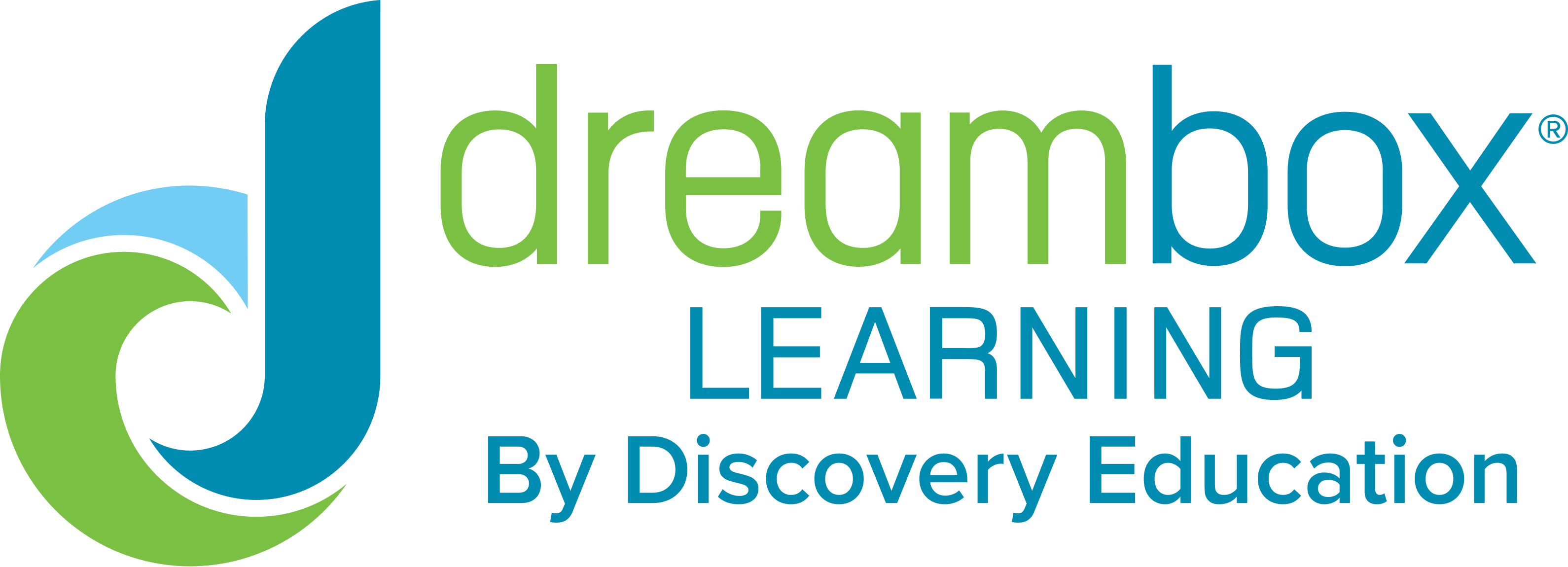Connecting math to current events students care about
Students may be used to and captivated by an understanding that math is all around us in the natural scientific world. They observe it in the spiral of a seashell, curves of seed rows in a sunflower, and in the patterns of snowflakes. They see it in the night sky, charted by astronomers through the ages, and can locate it in the structures of music. They learn how people applied math to build sturdy homes and workplaces.
But what about the social and political world––can math matter to students in those arenas, as well? Cultural relevance has generally been the territory of language arts and social studies. But math, too, is imbedded in contemporary realms of social justice. How do educators turn on the lights to illuminate for students how learning math can help them make sense of real issues in society? Things like immigration, environment, jobs and wages for young people, or law enforcement and communities of color.
This is the question Kwame Sarfo-Mensah asked, which undergirds his Edutopia article titled “Bringing a Culturally Responsive Lens to Math Class
A middle school math project gives students a chance to apply the skills they learn in class to an issue they care about.” Kwame holds a B.A. in math and a master’s degree in elementary education. He’s taught middle school math in Philadelphia and Boston for nine years. He’s also an author, with deep interest in culturally responsive teaching. Here’s a little more on him:
To “bridge the gap between math and real-world issues“, Kwame Sarfo-Mensah developed a focused three-week project format in what he describes as “A 4-step process for connecting math to students’ lives.” Here’s the synopsis of those steps:
- Choose a topic and narrow down a focus question
This is the cornerstone to the project, as the foundation issue should hit close to home for students. What was Kwame’s method of selection? He asked his primarily African American and Latino seventh graders what really mattered to them. They came up with the subject of police brutality and racial profiling in their communities.
Tip: How teachers ask students what they want to work on is key. Kwame suggests handing out an interest survey or questionnaire to each individual, rather than setting up a public conversation in the classroom. The kids might feel more comfortable expressing their deepest social concerns honestly if their first responses are private.
2. Gather quantitative and qualitative information
Next, teachers decide the data-points students need in order to “explore the topic through a mathematical lens” and draw social conclusions. Those points might be statistics, graphs, or diagrams. Students also need “qualitative data” from sources like books, news articles, videos, and interviews to better understand the issue.
Tip: Be aware of your personal biases, and be sure to help students gather materials that present different sides of and perspectives on a given topic.
3. Decide which math skills your students will apply
What are students working on in the grade level you teach? Are they learning to multiply integers? Performing conversions between rational numbers with decimals, fractions, and percentages? Determine the math skills they’ll use to analyze their data points.
Tip: Choose math focus skills that align with the academic standards for your state. This special-topic project can help them move toward mastery of those standards.
4. Determine how students will present their findings
Would they like to engage the whole class in a group dialogue that references textual and statistical evidence? Kwame’s options for his students also included writing a data-backed letter to the Boston police commissioner that expressed their concerns about racial profiling. Or, they could write a paper with “relevant data to support their argument.”
Tip: If your classroom is a blend of kids who need different levels of instructional support, collaboration with a special education teacher could be helpful.
Connecting math learning to social justice is one more exciting way to make math more lively, accessible, and personally meaningful for students. The most important step is the first one––choosing an issue your students will take to heart and feel engaged in. To help you do that, Kwame Sarfo-Mensah recommends the book Rethinking Mathematics––Teaching Social Justice By The Numbers. Find out all about it here, and become inspired by a read-through of its eye-opening introduction.










